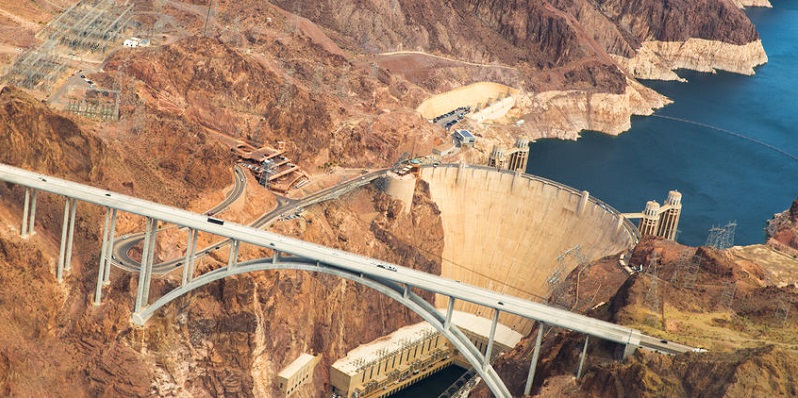Colorado has more than 8,624 bridges, 6 percent of which are considered structurally deficient.
Although driver error is to blame for most auto accidents in Colorado, sometimes deteriorating roads are the cause.
Most auto accidents are caused by the carelessness of drivers who speed, succumb to distraction, or run a red light. But some accidents are caused by sub-par infrastructure. Recent reports on the quality of roads and bridges are critical of the safety of American roads as a whole or Colorado roads in particular.
Fixing Roads and Bridges in the United States
The United States has more than four million miles of roads and over 600,000 bridges. Many of these structures are in disrepair.
In a 2017 report card on the state of America’s infrastructure published by the American Society of Civil Engineers (ASCE), the nation’s infrastructure as a whole — which includes roads, bridges, dams, and other transportation-related structures — received an overall grade of D+. The organization contends that more than $4 trillion must be spent by 2025 to fix the problems.
In its own 2020 report card from ASCE, Colorado received a grade of C-. The state’s roads are rated C-, its bridges C+. According to the ASCE, only 44 percent of Colorado’s roads are in good condition; which is, however, higher than the national average. (The date of the most recent ASCE report card for a given state varies from state to state. For example, the most recent report card on Tennessee’s infrastructure, awarding the state an overall grade of C, was issued in 2016.)
Colorado has more than 8,624 bridges, 6 percent of which are considered structurally deficient. Rough and crumbling roads and bridges can be both dangerous and costly. ASCE estimates that the average cost per Denver motorists of road repairs, repairs required by traffic accidents, and lost time may be as much as $2,306 per driver. In Colorado, a lot of effort is being devoted to upgrading infrastructure, but the work is slow and tedious.
Fixing Roads and Bridges in Colorado
Just two months into 2020, Colorado has already seen nearly 60 traffic fatalities. Three of the deadliest roads are I-25, I-70 and I-76. According to ASecureLife, between 2015 and 2017, 60 people were killed on I-25, 51 on I-70, and 28 on I-76. The Western Slope of Colorado’s Rocky Mountains has also been the scene of a high number of fatalities. WalletHub, a financial website, finds Colorado to be one of the worst states to drive in, ranking it 46th in its chart of Best and Worst Driving States. Colorado ranks 40th in the category of Traffic and Infrastructure and 29th in Safety.
Improvements are underway. Last year, Colorado officials announced that the state government was spending $1.6 billion on highway projects over the next three years, and the Colorado Department of Transportation has a long list of construction projects that it is working on. The projects entail everything from road paving to bridge repairs to extensive rebuilding of deteriorating sections of road. Will the improvements be enough to improve the safety of everyone on Colorado’s roads?

